The Yellow Ipê tree is a national symbol of Brazil. Once a year, the tree sheds all its leaves, and the branches are covered by yellow flowers that transform it into an exuberant natural lighthouse. When Rio de Janeiro passed on the title of World Capital of Architecture to Copenhagen, Rio’s Mayor used a seedling of Ipê Amarelo as a symbolic “torch” in the official video ceremony to pass on the status of World Capital of Architecture from the City of Rio de Janeiro (2020/2021) to the City of Copenhagen (2023).

That same seedling was planted by a group of elementary school students, architects, local politicians, and activists, in a school yard in Rocinha, one of Latin America´s largest favelas or slum communities. During workshops with the students, the tree was nurtured by their hopes and dreams, which they wrote on wooden signs – with the intention that the tree may flourish as a symbol of engaging local communities in equal and inclusive ways, across a global network of cities.
We decided to plant this important symbol in a place that is usually stigmatized as the “outskirts”, the non-formal city, but which reveals a powerful centrality, once you get closer. We chose Rocinha, and Rocinha chose a school as the guardian of this symbolic living landmark.


Rocinha is a complex neighborhood. It is almost exclusively constructed by its inhabitants in a spontaneous non-architecture, yet it has an organic expression. While rooted in desperate necessity and social as well as racial injustice, it also features creative territorial solutions and social structures, born from its residents´ skills and impressive resilience. It is favela residents and their ancestors, who have effectively constructed Rio de Janeiro. These local communities also have an enormous cultural influence as the birthplace of Afro-Brazilian culture, such as samba and carnival, which are now the pride of the entire city.
Nonetheless, the favela spaces remain precarious due to historical and structural neglect by public authorities. The inaction of decision-makers has resulted in scarce or even nonexistent essential resources and services, including drinking water, solid waste collection, rainwater management, sewage treatment, accessibility to the physical environment, and other challenges that cannot be addressed solely through local solutions.
Rocinha is situated on the hillside of a hydrographic basin with a high concentration of water, at the feet of the Tijuca National Park, one of the world’s largest urban forests. The area experiences heavy rainfall, leading to challenging health conditions in Rocinha, which is one of the most severely affected areas by tuberculosis in the Americas. Paradoxically, Rocinha is surrounded by three of Brazil’s wealthiest neighborhoods (São Conrado, Gávea, and Leblon), while it is common to witness Rocinha residents carrying water buckets uphill to their homes due to the frequent water shortages, which sometimes last for weeks.



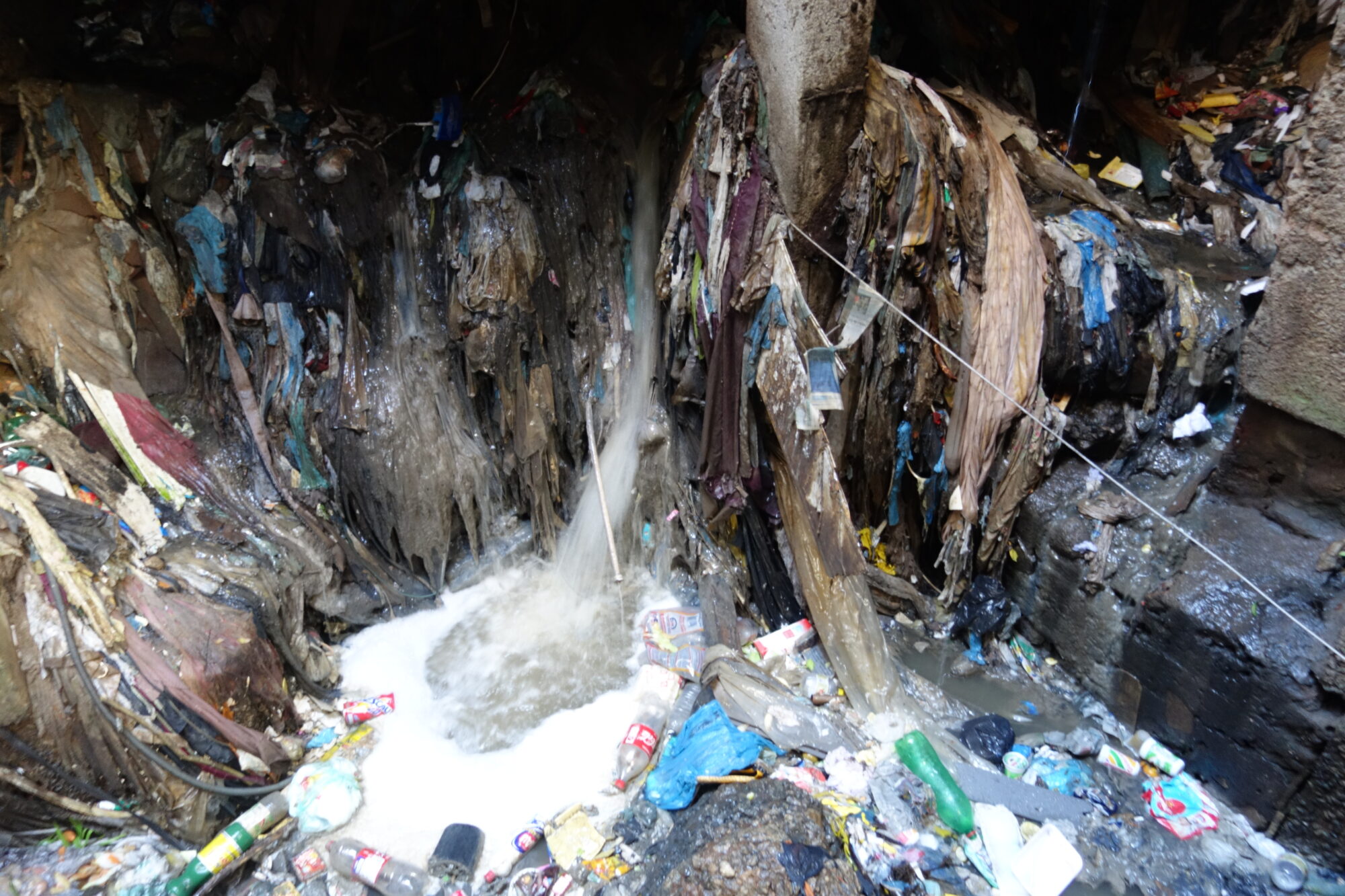
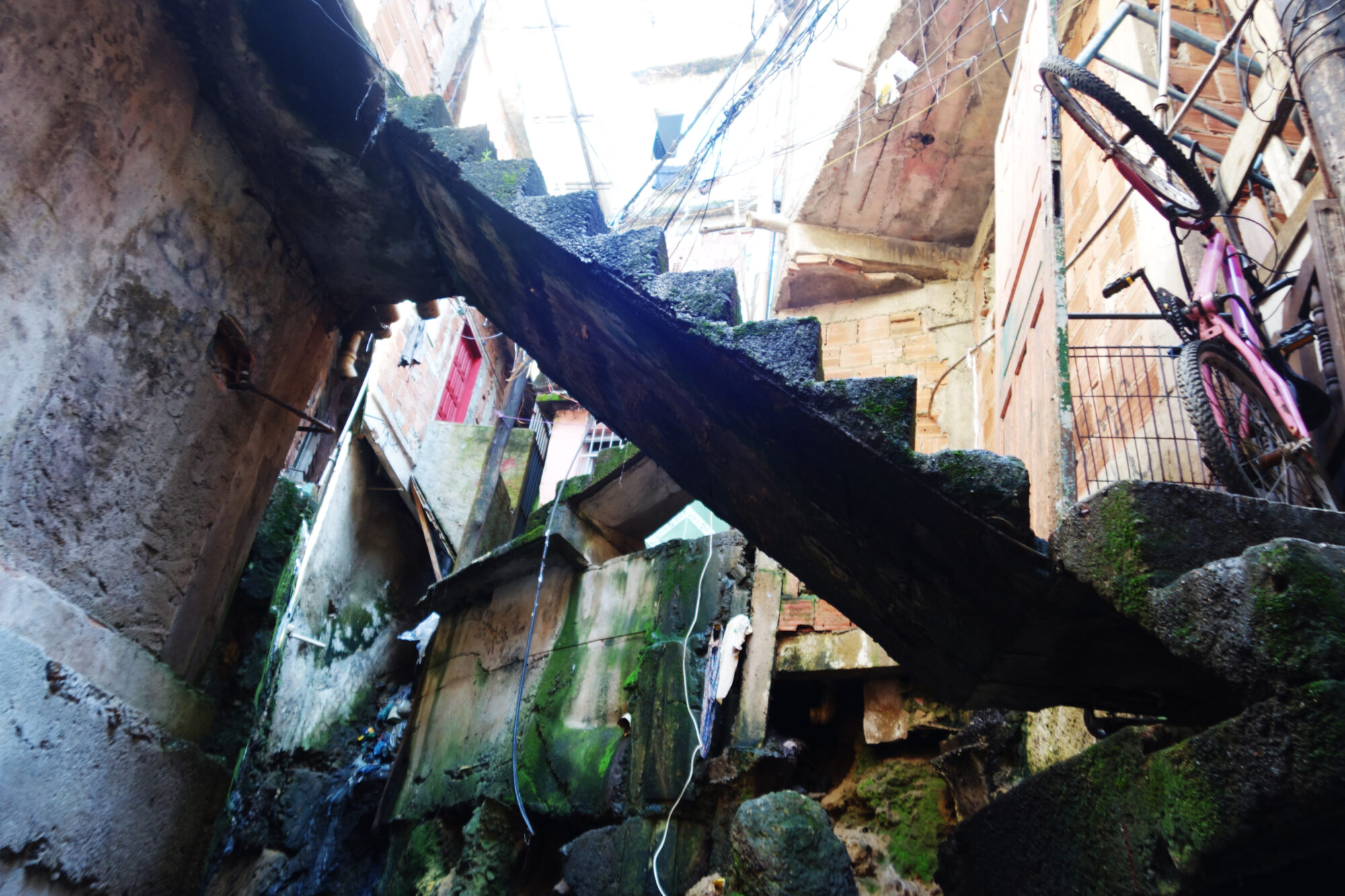


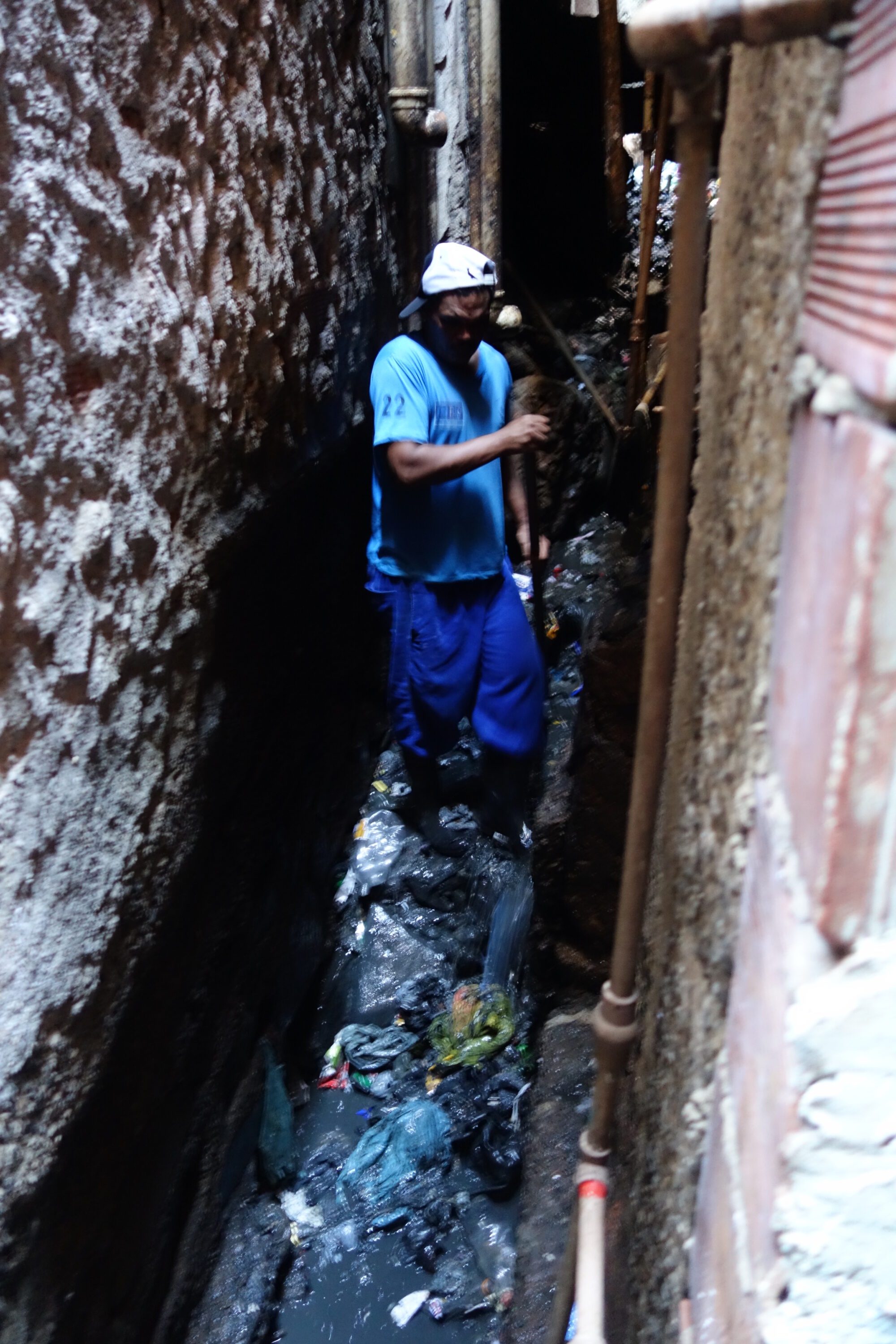

We named the action #AGENTEMUDA, which has several meanings, including “we change” and “transformation agent”. With the symbolic act of planting a tree, supported by engaging conversations and activities centered around local values, we endeavored to foster a counternarrative that reimagines the world, with a Brazilian favela as the starting point.
Despite the uncertainties brought by the pandemic and the resulting isolation, we stood together, with our hands literally in the favela soil. From residents to representatives of high-profile institutions, from young students to police officers wielding musical instruments instead of firearms, we showed an example of collaboration over competition, solidarity over indifference, and benevolence over violence. We dared to embark on an extraordinary act of transformation at a difficult time, proving that, like water, when we become part of the path, we will always find new ways to reach our destination.
* Text by Guto Santos.



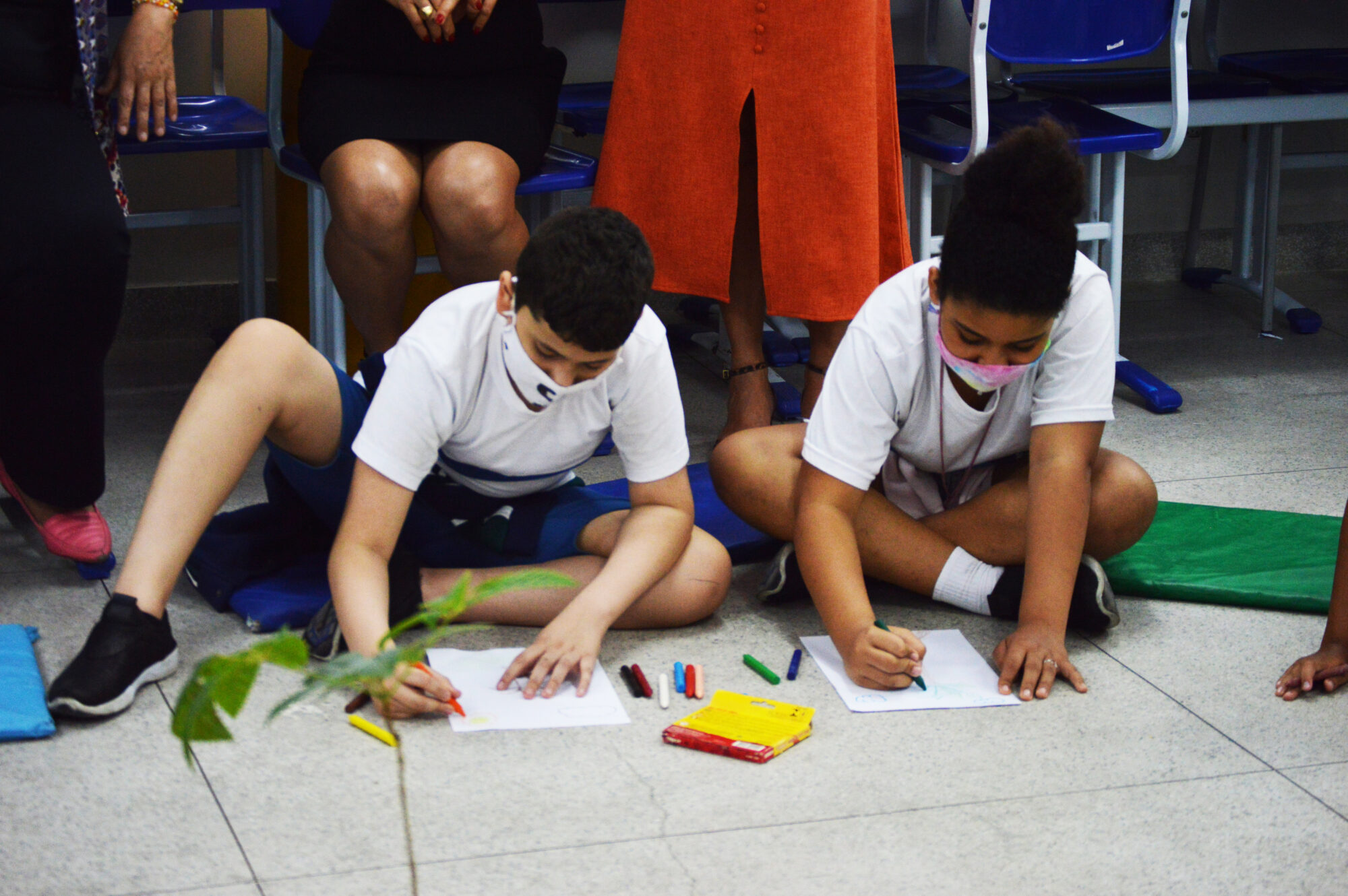


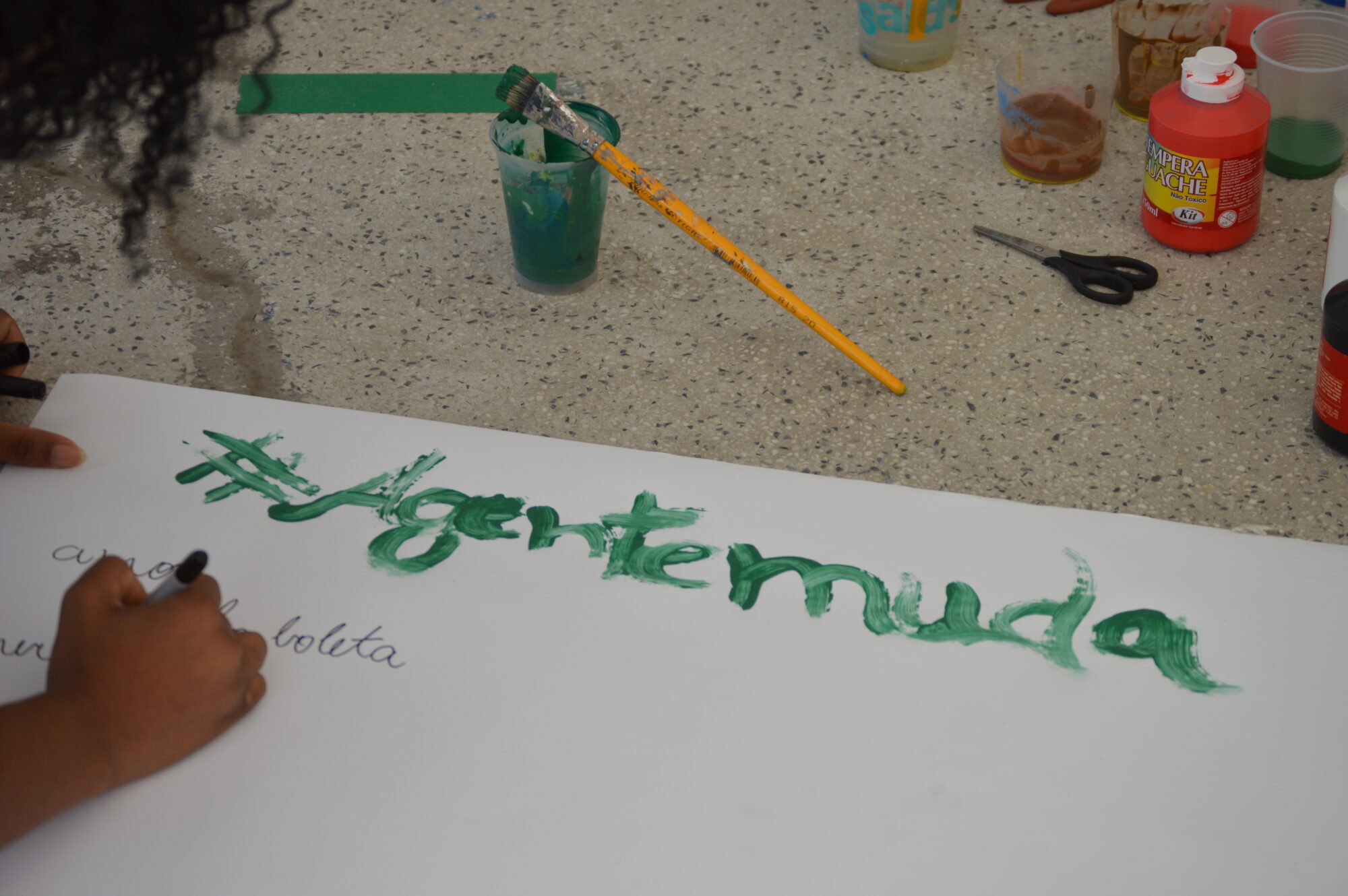


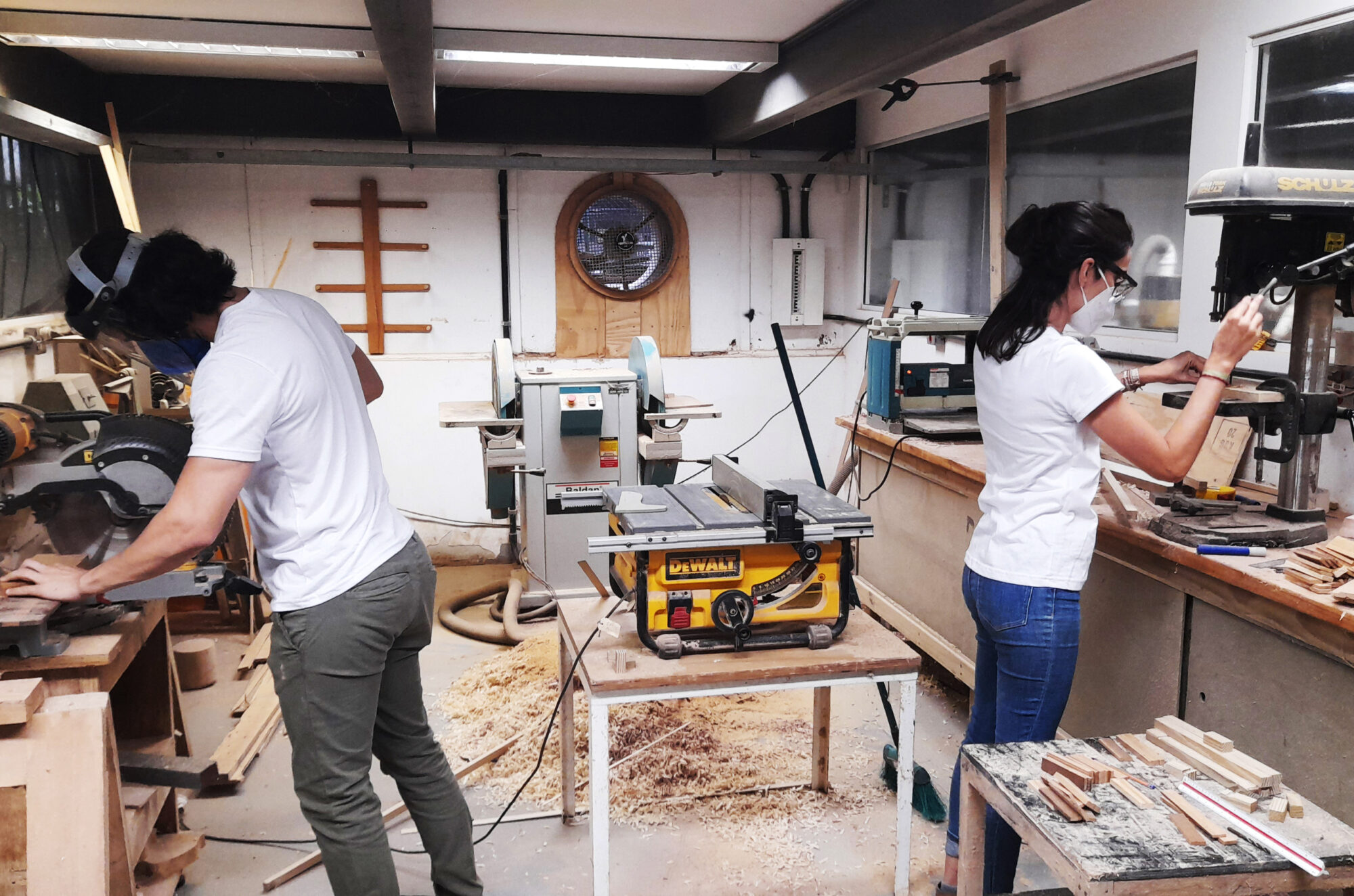



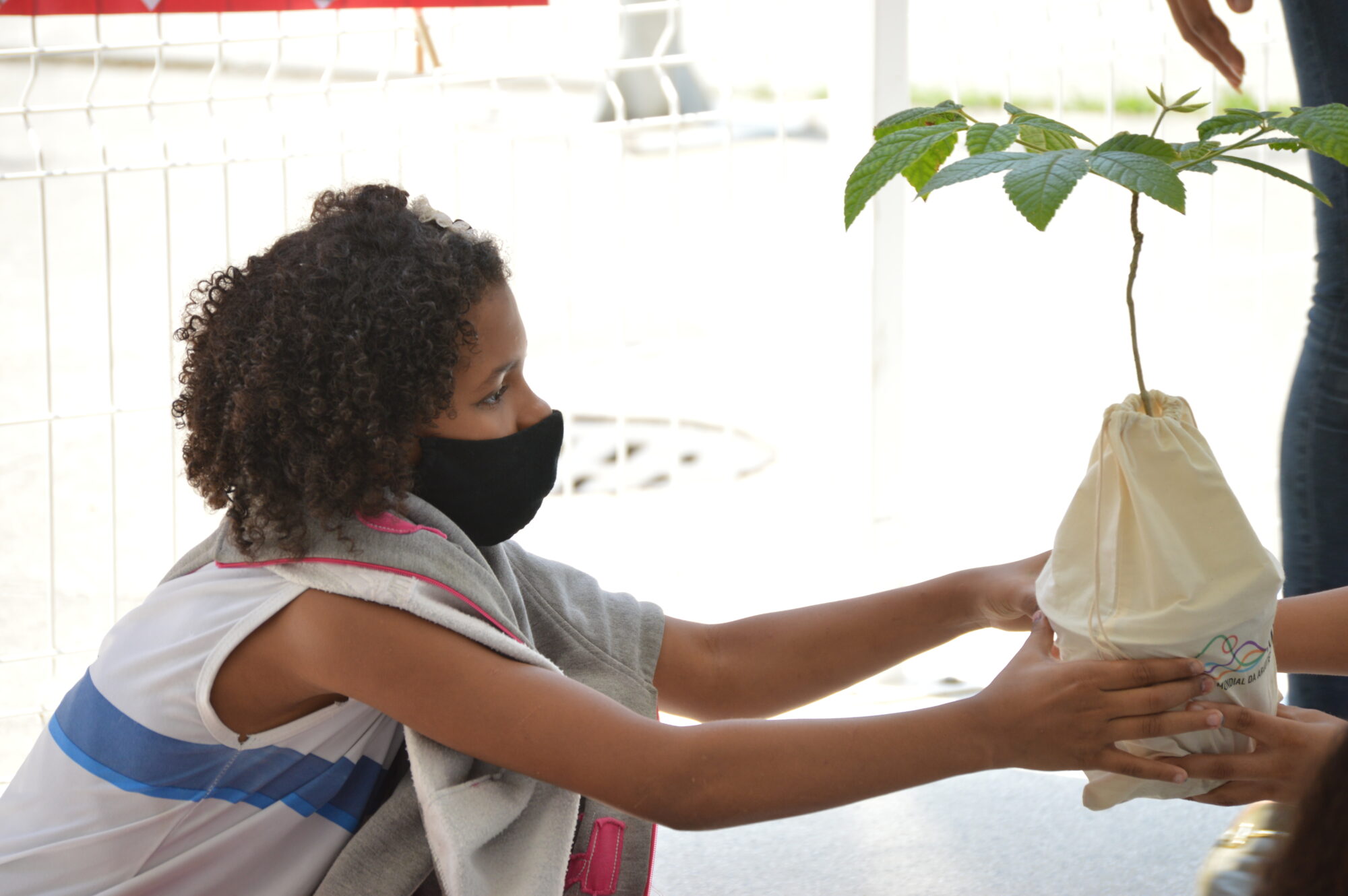







Organizers:
- Ana Maria Nogueira & Brunele Almeida – School Directors
- Gaby Rocha – Architect and Researcher
- Joana Martins – Architect and Researcher
- Maciel Antônio – Architect and Resident
- Magda Gomes – Activist and Resident
- Guto Santos – Architect, Project Coordinator, Researcher, initiator of the actions

